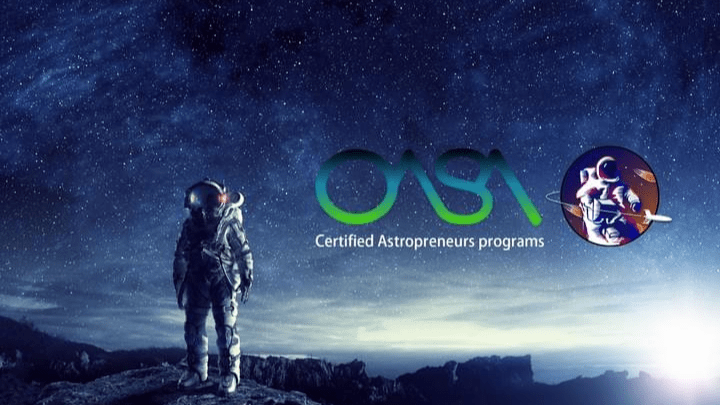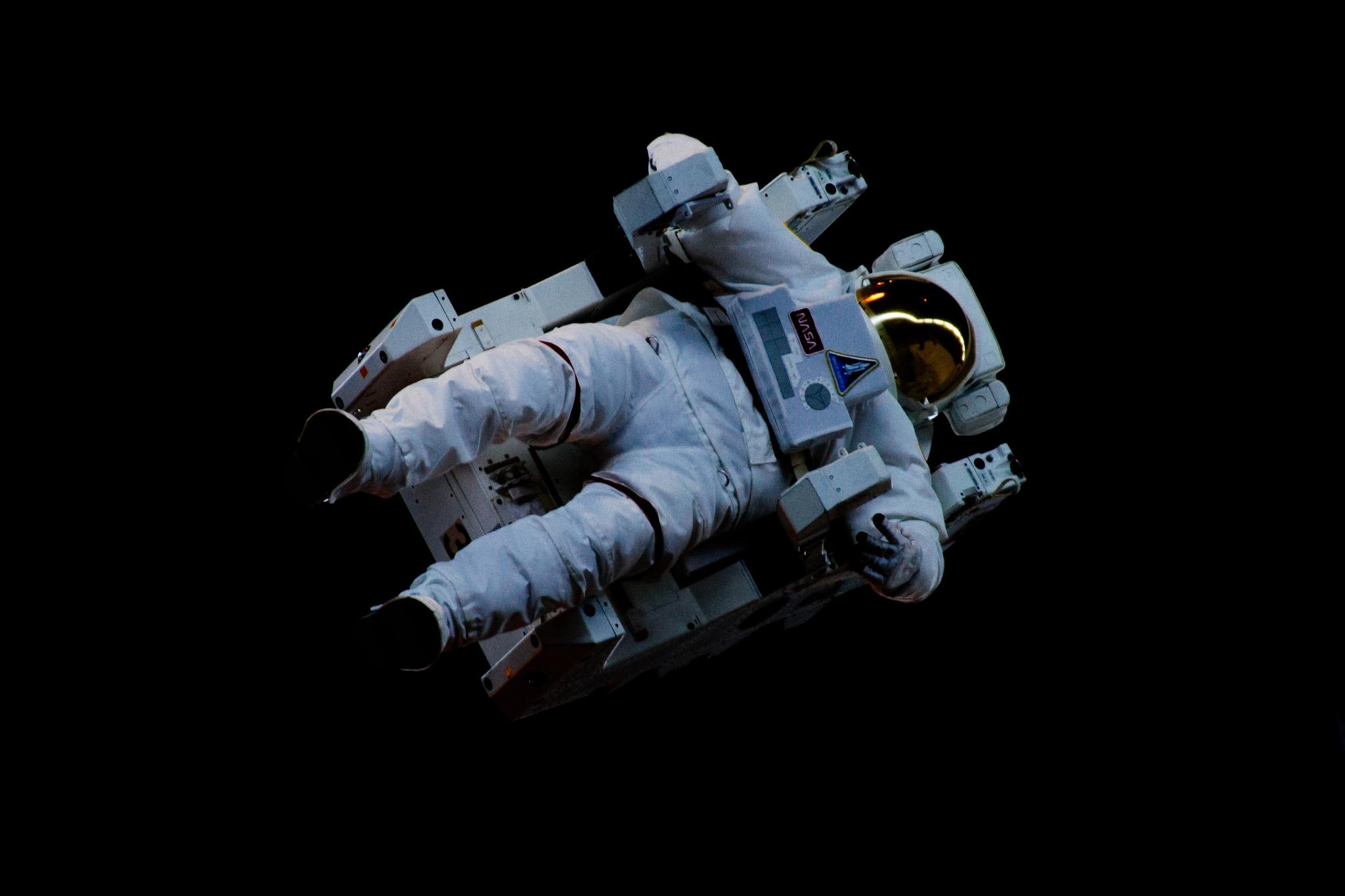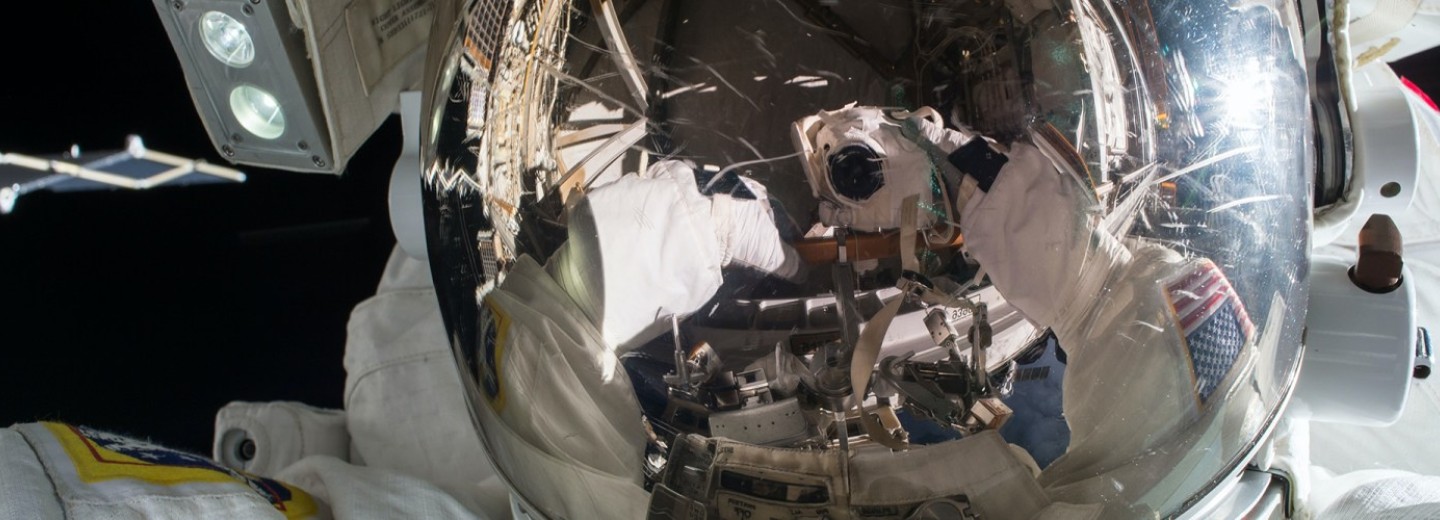OASA
This week’s post is about an unusual and exciting initiative taking place in Hong Kong – The Orion Astropreneur Space Academy (Hong Kong) or OASA. At first sight, Hong Kong seems an unlikely place for anything associated with outer ‘Space’. China has its own successful space programme. Hong Kong is small, crowded and commercial. It sounds very interesting but how does it all work? We spoke to Dr Gregg Li, the founder and Chairman of OASA, whose idea it was.
The purpose of OASA
— What is the purpose of OASA, Gregg?
— We established OASA as a not-for-profit platform to accelerate talent development and business start-ups. We want to enrich opportunities for young people and ignite a spark from our great city of Hong Kong. Young people need to take on and build a much broader mindset. Understanding Space and all its connectivity is the best way. If we could see the harm we are doing this this earth, through remote sensing, then we know how an event at one location can have knock-on effects in other locations. To help youngsters see a more interconnected and inclusive world, OASA members work closely with universities and mindful employers large and small. We help them establish STEAM programmes.

— What exactly are these?
STEAM is an approach to learning that uses Science, Technology, Engineering, the Arts and Mathematics as access points for guiding student inquiry, dialogue, and critical thinking. In STEAM programmes youths can learn how to build their own sustainable global businesses and careers, in this New Space era.
— So where does ‘space’ come into it?
First, we would love Hong Kong to become a centre for innovation in ‘space’. We are at the dawning of a new age, when space exploration and the new Space Economy is becoming more widespread and broad-based. We believe Hong Kong’s talents and energy exactly suit these trends. These include trends in AI, in cybersecurity, in remote sensing and big data, and in technology miniaturisation. Hong Kong cannot be a smart city if it does not understand how to use and apply data from Space, which will be the most pervasive of all types of data. Second, in order for this to happen, we need to focus not only on education and development but also on entrepreneurship and innovation. So, we are planning programmes and initiatives with ‘space’ themes. For example, we will help young secondary students understand the new Space economy in which they will eventually work. Space technologies such as GPS, geospatial Intelligence and remote sensing do not solve problems, innovative solutions created by talented entrepreneurs do. These are lessons no-one else is teaching.In September, we start our first ‘Moonshot’ masterclass for young executives in business transformation following the global pandemic. The potential leader will learn how to identify new and challenging business issues that are erupting post COVID in their own companies. They can then reframe complex, constantly moving, problems and engage others in helping solve them.
— This sounds like many conventional training and education programmes Gregg. How are you different from other academic and commercial providers of such training?
We see ourselves as trainers, yes. Our training is geared towards ‘space’ and innovation, but very much action based. More than just simple training, though, we have other activities. We are forming Special Action Groups for example. These are awkward problems that humanity must solve, resolve or reframe. It begins with some young leader willing to take on the challenge. He or she is then supported by a small SWOT team and grounded by global mentors. They investigate and explore fun and wild themes around climate change, UFOs, and topics that can aid humanity in our understanding of the core issues. Each action group aims to clarify and redefine the problem, and not so much solve them but to become aware of the complexities. Each problem would be passed from one generation of youngsters to the next, ideally peeling back the problem one layer at a time.
— So, what other activities does OASA have?
Another type is project-based fun called our Young Marco Polo Program. This is a problem-based exploratory challenge for teams, posed by a corporate or an NGO. Students are thrown in to solve a market adoption problem of a space-related theme, across the Greater Bay and outside Hong Kong. The mentors would come from the corporates or NGOs that operate in the Space Economy. Students who can engage and be entrepreneurial should expect a job offer after their graduation.
The need for a level of digital transformation is a core STEAM element and raises its own issues. For example, as a company sells its products into another country, that product can be 3-D printed locally. Data would be streamed across borders. How is it possible then, to protect the IP and data transmission using Cybersecurity as the data stream moves from one location to the next? Who can claim ownership to customer data? What applications in Fintech can be used for such type of transactions?
— Next steps?
We are planning a programme around Youth in Space. We hope this will evolve into placing payload specialists and flight engineers from the Greater Bay Area onto space stations and bases on the Moon by 2025 and Mars by 2030. There will be moonbases by 2025. We want Hong Kong to be ready. All astronauts must know how to operate a long-distance radio for example and that requires a HAM license. Most students do not have that. What other competencies would future employers seek in our youths as they enter and secure a toehold in the new space economy?

— This is ambitious stuff, Gregg. How confident do you feel about succeeding in developing a ‘space’ economy in Hong Kong?
These may seem early days. But the reality is that the space economy has already arrived. When you look at your smart watch and wonder whether you should be jogging this evening, you are already using weather data transmitted from satellites. When we trade international equities, these are calibrated using Satellite time. When we look at potential cracks of a glass panel after a storm, using drones that fly up along the walls of a high-rise (Hong Kong has the most high-rises anywhere) we are using space technologies that are already decades old.
Unless we help more people understand and operate in the Space Economy, Hong Kong will lag behind. China’s 14th 5-year plan calls for massive investment in innovation and space technologies. Government now cooperates with the private sector on the Space Economy. But Hong Kong lacks the connectivity to do this. OASA is here to connect. We have enthusiastic Board members and support from public-spirited companies and individuals. We have all put in a great deal of work to get going. COVID has been a both a blessing (because we need to adapt) and a curse (because we are not able physically to visit many of the companies and institutions in this new and growing ecosystem). But we intend 2022 to be the year in which we first see our movement take off, as it were!
We need to enthuse and educate Hong Kong. We are starting an initiative that is unconventional and even we do not know exactly where it may lead. Our whole team is excited by what we do, and we hope everyone else will be too.
Worked on the article:

Wanlikhang





